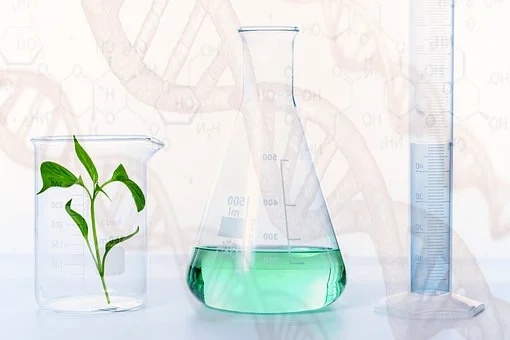Gene editing technology is expected to accelerate the introduction of new plants.
Genetically modified crops are continuing to spread across the world’s agricultural land. Last year they covered a record 185m hectares, 3 per cent up on 2015.
Experts are anticipating another small increase this year, though the authoritative annual GM survey by the International Service for the Acquisition of Agri-biotech Applications (ISAAA) will not appear until next spring.
These modified crops are still distributed very unevenly. They are found predominantly in the western hemisphere. The US and Canada are the heartland of biotech crops, while South American countries are adopting them rapidly — especially Brazil, where the GM area grew by 11 per cent to 49m hectares last year.
Europe remains steadfast in its opposition to GM food, with just 136,000 hectares cultivated in the EU (0.07 per cent of the global total). While Asia was quick to adopt GM cotton, it too has been reluctant to accept GM foods.
“China has been very slow to approve GM products for many years,” says Erik Fyrwald, chief executive of Syngenta, the Swiss agricultural group that was recently bought by ChemChina. But he sees signs of change: recently, the Chinese government approved imports of some GM crop varieties and Mr Fyrwald expects approvals for cultivation in China to follow.
Mr Fyrwald is not optimistic about a change of heart in Europe, however. “In Europe we are unlikely to see GM crops for many years to come,” he says, because of intense opposition from consumers and environmental groups.
“We’re not pushing [genetically modified organisms]. It is not our priority to spend money and effort to try to convince European consumers to encourage their politicians to start accepting GMOs,” Mr Fyrwald says. “We’re better off providing GM technology in countries that want it.”
GM technology has delivered appreciable economic and environmental benefits, according to a report by PG Economics, a UK-based plant biotech consultancy. It says GM crops have cut greenhouse gas emissions “by helping farmers adopt more sustainable practices such as reduced tillage, which decreases the burning of fossil fuels and retains more carbon in the soil.”
The report adds: “Had biotech crops not been grown in 2015, for example, an additional 26.7bn kg of carbon dioxide would have been emitted into the atmosphere, which is the equivalent of adding 11.9m cars to the roads.”
The PG Economics authors also calculate that crop biotechnology reduced the spraying of pesticides and herbicides by 619m kg over 20 years, a global reduction of 8.1 per cent.
While GM crops reduce the overall amount of chemicals required, they increase the need to spray specific herbicides — above all glyphosate, the active ingredient in Monsanto’s weedkiller Roundup. Since the commercial GM era began in the mid-1990s, the best-selling brand of GM seeds has been Roundup Ready, which requires farmers to apply glyphosate to reap the benefits.
A recent study at the University of California at San Diego found a 500 per cent increase in glyphosate levels in urine of people living in Southern California over 20 years.
“Prior to the introduction of genetically modified foods, very few people had detectable levels of glyphosate,” says Paul Mills, professor of family medicine at UCSD. “As of 2016, 70 per cent of the study cohort had detectable levels.”
The risk that glyphosate poses to human health is a subject of continuing research. In 2015, the World Health Organization’s International Agency for Research on Cancer declared glyphosate “probably carcinogenic to humans,” although the European Food Safety Authority then said the herbicide was unlikely to cause cancer. Last month, its marketing authorisation in Europe was renewed for five years.
In the future, gene editing technology, particularly the technique called Crispr, is expected to accelerate the introduction of new crops. This involves making very precise changes to the DNA already present in the plant, unlike conventional GM technology which introduces new genes. As a consequence, the agricultural biotechnology industry hopes it will be subject to lighter regulation, particularly in Europe.
To demonstrate the power of Crispr in plant breeding, scientists at Cold Spring Harbor Laboratory in the US recently edited the tomato genome in three different ways to make three distinct changes in the way the plant grows: its fruit size, branching pattern and overall shape.
“What we demonstrated with each of the traits was the ability to use Crispr to generate new genetic and trait variation that breeders can use to tailor a plant to suit conditions,” says Zachary Lippman, project leader. “Each trait can now be controlled in the way a dimmer switch controls a lightbulb.”
Source: The Financial Times













